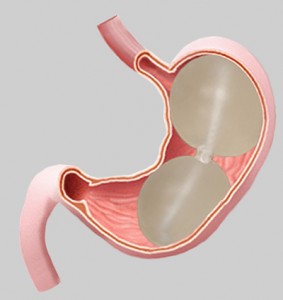A panel at Cleveland Clinic’s Medical Innovations Summit focused on five companies developing innovative obesity-fighting medical devices that have yet to hit the market.
* BaroSense — The TERIS cup-like device “partitions” a patient’s stomach to create a feeling of satiety.
* IntraPace — The “abiliti” device uses gastric stimulation to create a feeling of fullness in patients.
* ReShape Medical — Balloons are placed in the stomach using an endoscope and are designed to create a feeling of fullness in patients.
* Satiety — The “TOGA System” involves stapling the tissue at the top of the stomach to create a “sleeve” that restricts the stomach’s size.
* ValenTx — The company’s device aims to mimic gastric bypass surgery without surgery.
Top 5 anti-obesity medical devices at Cleveland Clinic summit « MedCity News




